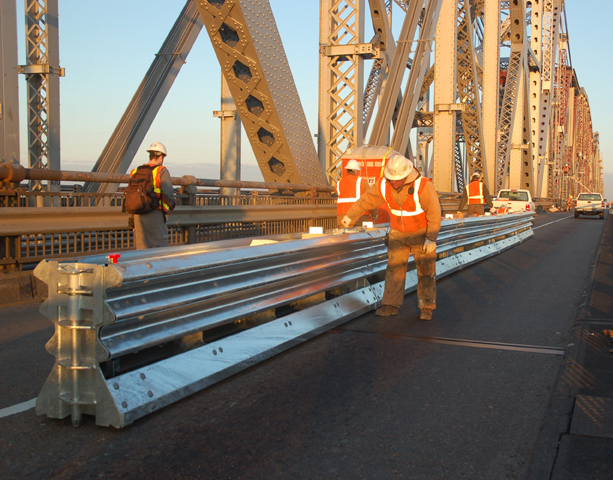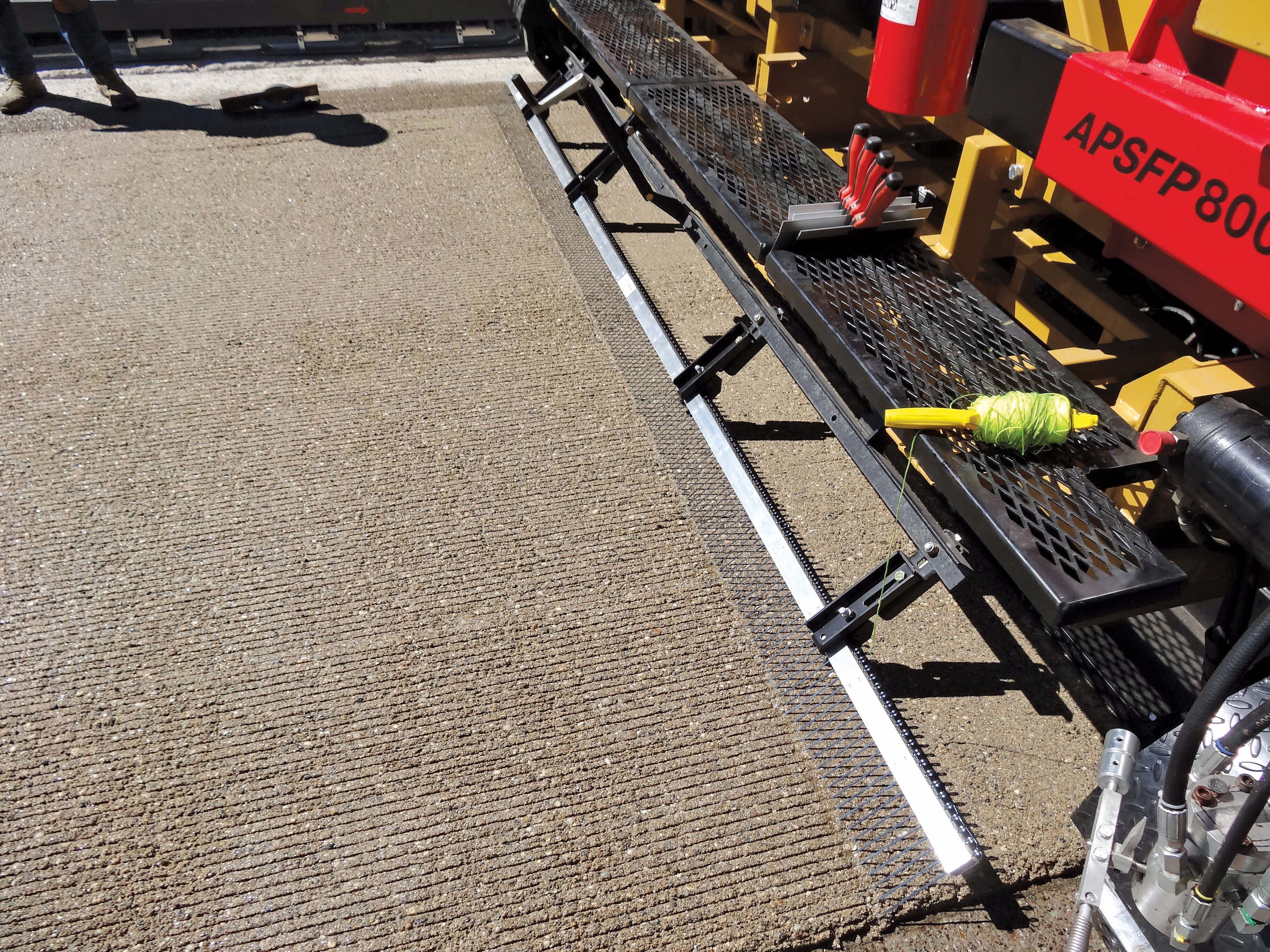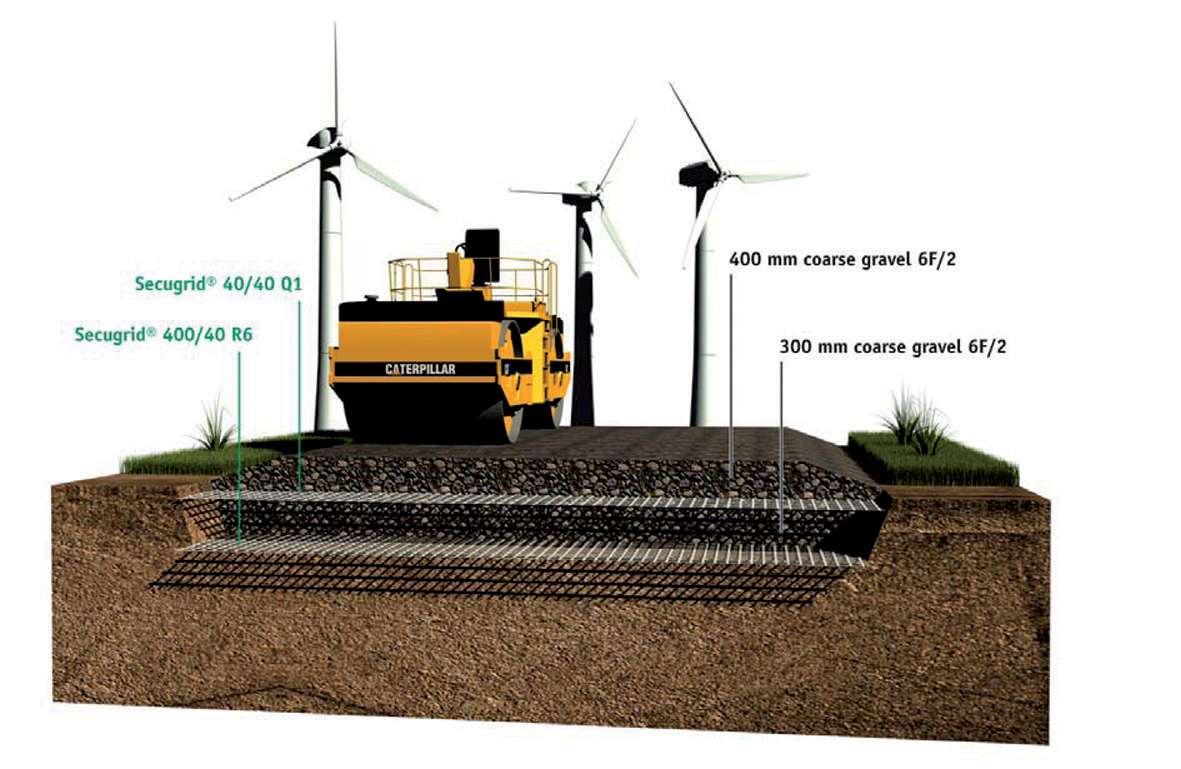Sound absorption systems can cut traffic noise With traffic volumes increasing worldwide and highways having to be redesigned to minimise their impact on the environment, the industry has had to come up with new solutions that reduce the impact of roads. Highway noise is a major issue both in urban and non-urban locations so engineers have been busy developing innovative solutions that can help alleviate this problem. Durability and effective noise dampening properties are claimed for the new All Weather So
The SCT noise barriers also help reduce traffic pollution by using a coating of titanium dioxide solution that reacts chemically with exhaust emissions to produce a neutral residue
Sound absorption systems can cut traffic noise
With traffic volumes increasing worldwide and highways having to be redesigned to minimise their impact on the environment, the industry has had to come up with new solutions that reduce the impact of roads. Highway noise is a major issue both in urban and non-urban locations so engineers have been busy developing innovative solutions that can help alleviate this problem.Durability and effective noise dampening properties are claimed for the new All Weather Sound Panel from US firm Acoustiblok. The Hurricane model blocks and absorbs sound from working equipment and is available in sections measuring 1.22x2.44m and 1.22x3.66m. The panels can be placed around the noise source, still allowing air flow for engines but absorbing and blocking sound. The installations can be permanent or temporary, using the eyelets in the tempered aluminium frame. For temporary installations, they can be tied together with stainless steel wire ties, while for permanent installations, they can be attached to walls or vertical I beams. No special tools or skilled labour is required. And the firm says that its panels can cope with tough construction site use. The joints and eyelets are welded and frame surfaces are flush allowing storage stacking up to 4.6m high. The panels have also been safety tested for fire retardant properties and are resistant to salt water, sun, dirt, chlorine air, grease and corrosion.
The patent pending panels can also cope with very high static wind velocities and suit duties in a wide array of construction site applications. The panels contain an inner layer of Acoustiblok sound isolation material, a 3.3mm thick proprietary visco-elastic polymer with a high density mineral content that is heavy and flexible. This innovative material uses a thermodynamic process to change sound energy into friction energy as the material flexes from sound waves.
In Australia, the innovative Boss SpineSeal system is helping reduce noise levels on the new Eastlink tollroad in Melbourne, Australia. This novel expansion and control joint seal system has been used to seal gaps in vertical, horizontal and overhead structures. The system is said to be durable and quick to install, while offering high performance for weather and sound insulation. The system has been developed by Boss with input from engineers at
According to Boss its solution has delivered several benefits as it is lightweight, making it easy and quick to apply, is clean and safe to install and requires no preparatory work. It also gives a good surface finish, can cope with gap widths from 5-80mm, provides effective sound and weather insulation, can be installed by unskilled labour, provides a long working life and is highly versatile according to the firm. Compared with conventional joint backing rod and caulking methods, the Boss SpineSeal is also said to deliver an economical solution as it can be installed in around half the time and in virtually all weather conditions.
Meanwhile
The panels feature a polyester covering and are also filled with polyester, with metal backing to provide support. Polyester was selected due to its noise absorption properties and the customer can also choose the colours.
Interestingly, this noise reduction system will also feature a coating of titanium dioxide that reacts with vehicle exhaust emissions to produce a harmless material that can be washed away. The titanium dioxide reacts in sunlight to convert pollution from vehicle exhausts and the residue left by this process is harmless. However the firm is still testing these products to determine the noise reduction capabilities and plans to launch them on the market in 2009.











